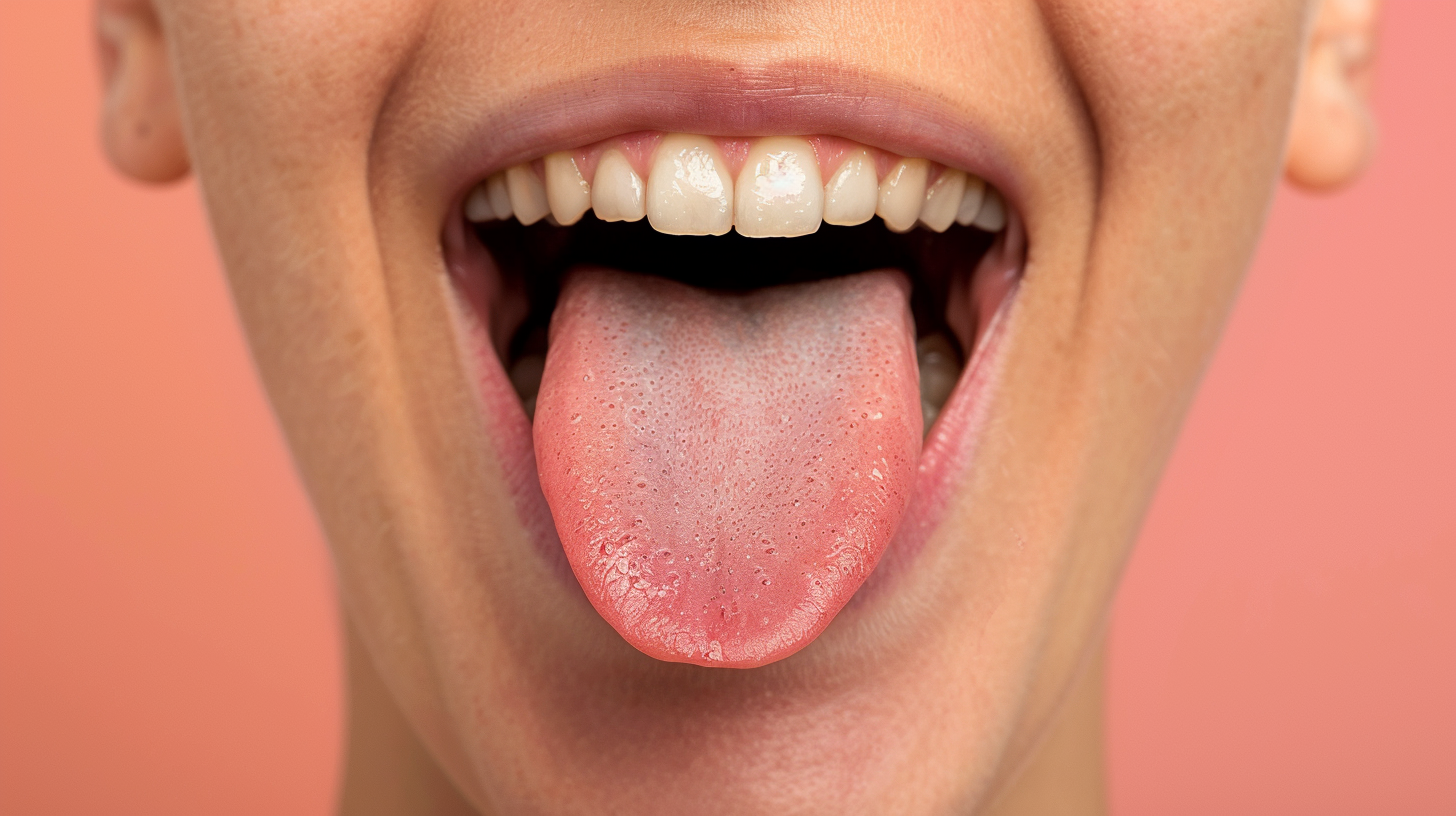How you breathe—mouth or nose, shallow or deep—doesn’t just affect your energy or mood. It literally shapes your face, jaw, and airway, especially during childhood and adolescence. The science is clear: nasal breathing supports ideal facial growth, while chronic mouth breathing can lead to real structural changes that impact health and confidence for life.
Nasal Breathing = Proper Facial Development
- Dr. John Mew and Dr. Mike Mew (orthotropics pioneers) have shown in long-term studies that children who breathe through their noses and keep their tongues on the roof of the mouth develop forward-growing faces, wide dental arches, and healthy airways.
- A 2015 review in the International Journal of Pediatric Otorhinolaryngology found that mouth breathing is strongly associated with long faces, retruded jaws, and crowded teeth. Children who mouth breathe are more likely to need orthodontics and to suffer from sleep-disordered breathing.
- Dr. Christian Guilleminault, one of the fathers of sleep medicine, described how even mild airway obstruction in childhood could permanently alter facial growth and increase the risk of sleep apnea in adulthood.
Mouth Breathing and Facial Changes: What Really Happens
- When a child habitually breathes through their mouth, the tongue drops from the palate, the upper jaw narrows, and the lower face elongates.
- A 2020 study in Sleep Medicine Reviews linked mouth breathing and untreated airway obstruction in childhood to higher rates of orthodontic problems, sleep apnea, and even speech difficulties later in life.
- Chronic mouth breathing may even change the angle of the jaw, leading to a recessed chin and altered facial proportions.
Why Does This Happen? The Role of the Tongue
- The tongue acts as a natural expander for the upper jaw.
- Nasal breathing keeps the tongue pressed to the palate, guiding the midface and dental arches into ideal shapes.
- Mouth breathing removes this support, allowing the palate to rise and narrow, reducing airway size and leading to increased risk for sleep apnea,snoring remedies, and mouth breathing habits in adulthood.
Other Risks: Beyond Aesthetics
- Kids who mouth breathe are more likely to experience frequent ear infections, dental cavities, speech delays, and difficulty focusing at school due to poor sleep quality.
- Adults with a history of mouth breathing often report lifelong issues with snoring, jaw pain, tension headaches, and even anxiety or depression linked to chronic sleep disruption.
What Can Be Done? Prevention and Correction
- Encourage nasal breathing at all ages—especially in kids.
- Address allergies, congestion, or enlarged adenoids/tonsils early. Untreated airway blockages are a leading cause of mouth breathing and facial changes.
- Seek myofunctional therapy to retrain proper tongue posture and healthy breathing patterns.
- For adults, it’s never too late: therapy and habit changes can still improve airway function, posture, and quality of life.
Real-World Example: Restoring Health Through Breathing
A young patient at BreatheWorks struggled with mouth breathing, restless sleep, and frequent headaches. Through myofunctional therapy, allergy management, and focused breathing retraining, her family saw not just a healthier airway—but a brighter, more confident smile and better school performance.
At BreatheWorks: Supporting Lifelong Airway Health
Our team specializes in uncovering and correcting the hidden contributors to airway and facial development. Whether you’re a parent concerned about your child’s snoring, or an adult wanting to improve your health and sleep, we’re here to help. Our approach integrates clinical expertise, whole-patient evaluation, and the latest research on facial and airway development.
Ready to learn more? Contact BreatheWorks for a comprehensive evaluation and personalized care plan to support healthy breathing, eating, and living—at every age.



